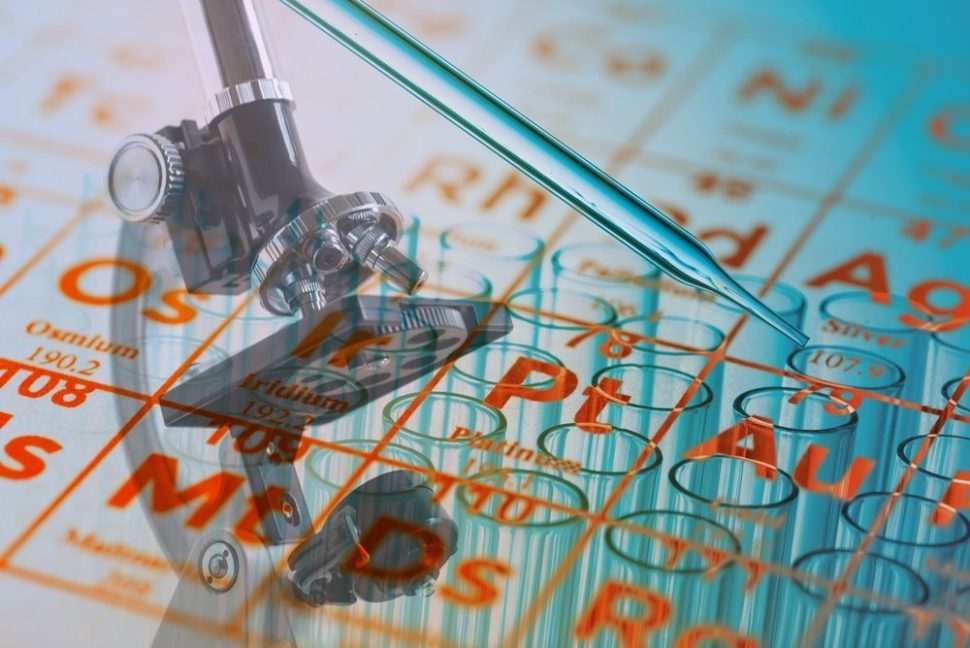The International Union of Pure and Applied Chemistry, otherwise known as IUPAC, has approved four new elements for the periodic table. This one is for the chemistry nerds, so here is a quick rundown of the new elements.
Nihonium
With the symbol Nh, Nihonium has been designated element 113, making it first of four new elements on our list.
It derives its name from the Japanese word for Japan, Nihon, which means “the Land of Rising Sun.” This name is no coincidence, as the element was discovered and proposed by the RIKEN Nishina Center for Accelerator-Based Science in Japan.
Moscovium
Moscovium is next on our list, and it has been approved with the symbol Mc for element 115.
The name of this element honors the Moscow region, home of the Joint Institute for Nuclear Research, which is home to important experiments in nuclear research.
Tennessine
Tennessine has been assigned with the symbol Ts for element 117.
The name is meant to represent the state of Tennessee in the United States. This state houses the Oak Ridge National Laboratory, Vanderbilt University, and the University of Tennessee at Knoxville, which are all places that have made significant contributions to superheavy element research.
Since IUPAC considers comments from the general public, there was some concern raised that Ts could get confused with abbreviations for the tosyl group. Ultimately, IUPAC decided that the meaning was not confusing because researchers use the two abbreviations in completely different contexts.
Oganesson
Oganesson is our last new element, assigned the symbol Og, element 118.
Collaborating teams from Russia and the U.S. decided to use the name to honor Yuri Oganessian, who was a pioneer in the field of transactinoid elements research.
For those who don’t know what transactinoid elements research is, suffice it to say that without the work of Yuri Oganessian and those in his field, we wouldn’t be numbering elements above 83.
New Elements of the Community
All new elements are named following a historical tradition. Names are chosen to honor a place, geographical region, or a scientist. This time around there was a postmodern spin on the discussion.
While IUPAC ultimately allows the discoverer the right to name a found element, they allowed public conversation to influence a decision during the 5-month review period.
The public couldn’t propose new names. Instead, the world chemistry community raised intriguing discussion surrounding the names.
This conversation paints a positive picture of the state of world chemistry. New elemental discoveries are massive undertakings, and the world-at-large was allowed to be a part of that effort.
Professor Jan Reedijk, President of the Inorganic Chemistry Division reported that “Overall, it was a real pleasure to realize that so many people are interested in the naming of the new elements, including high-school students, making essays about possible names and telling how proud they were to have been able to participate in the discussions.”


















Comments (0)
Least Recent